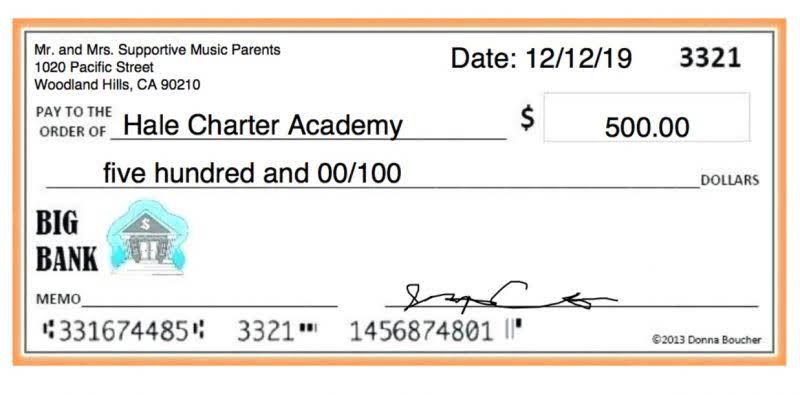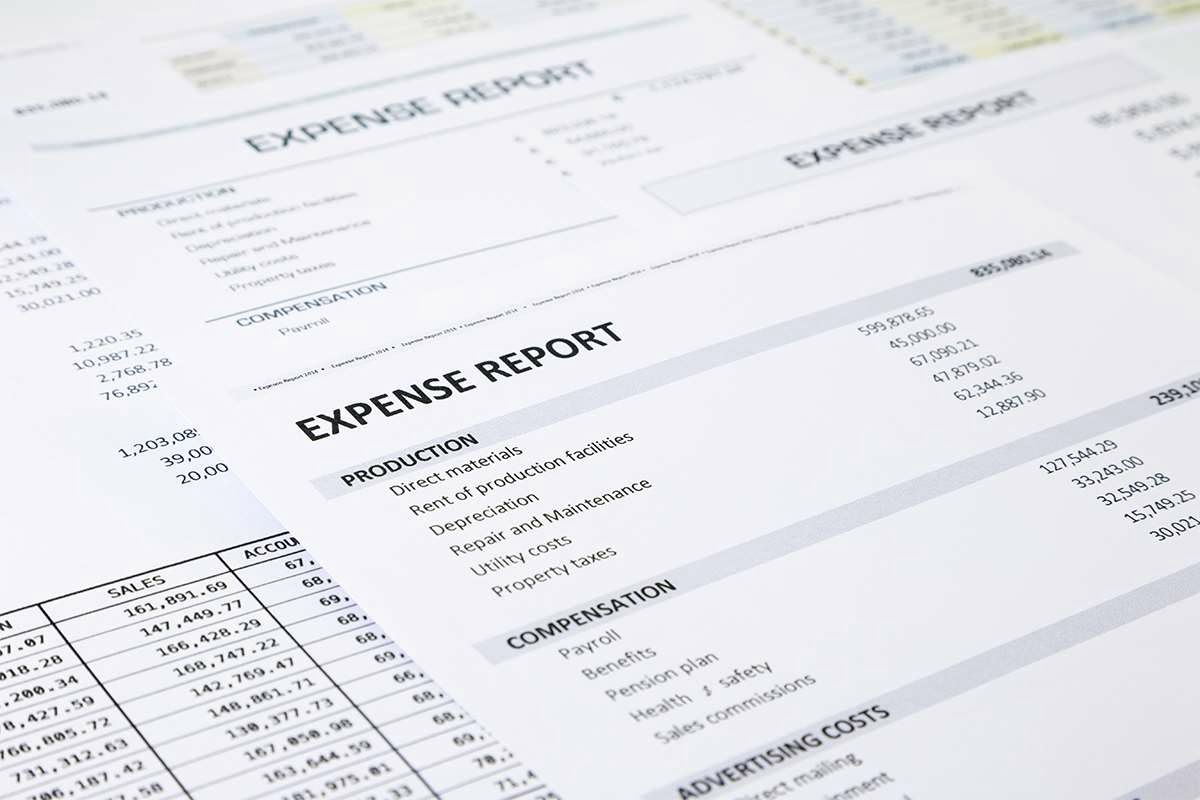Contingent Liabilities Financial Accounting

A contingent liability is a liability that may occur depending on the outcome of an uncertain future event. Contingent liabilities are recorded if the contingency is likely a contingent liability that is probable and for which the dollar amount can be estimated should be and the amount of the liability can be reasonably estimated. The liability may be disclosed in a footnote on the financial statements unless both conditions are not met.
Application of Likelihood of Occurrence Requirement

If the contingent liability is considered remote, it is unlikely to occur and may or may not be estimable. This does not meet the likelihood requirement, and the possibility of actualization is minimal. In this situation, no https://www.bookstime.com/ journal entry or note disclosure in financial statements is necessary.
- We shall now delve into the various types of contingent liabilities and how they can affect a company’s financial position.
- An otherwise sound investment might look foolish after an undisclosed contingent liability is realized.
- Contingent liabilities are liabilities that may occur if a future event happens just like accrued liabilities and provisions.
- A contingent liability is a liability that may occur depending on the outcome of an uncertain future event.
- A contingent liability is the result of an existing condition or situation whose final resolution depends on some future event.
- The Company and its subsidiaries are also involved in various other litigation arising in the ordinary course of business.
Impact on Income Statement
A contingent liability is a potential obligation that depends on the occurrence or non-occurrence of one or more events in the future. If the event occurs, the company may be required to make a payment; if it does not occur, the company will not be required to make a payment. Since this condition does not meet the requirement oflikelihood, it should not be journalized or financially representedwithin the financial statements. Rather, it is disclosed in thenotes only with any available details, financial or otherwise. Contingent liabilities affect the valuation of a business during a merger or acquisition due to the uncertainty they represent. This is because the actual cost of a contingent liability can be far higher than its initially recognized value, or it may not occur at all.
What Are Contingent Liabilities in Accounting?
This examination helps https://x.com/BooksTimeInc in determining the fair value of the target company and deciding whether or not the acquisition is financially viable. If these potential liabilities are significant, they might lead to a steep drop in the perceived value of the company being acquired. A conditional liability refers to a potential obligation incurred by a company on a future date if certain conditions are met.
Accounting Guidelines for Contingent Liabilities
For example, if a firm commits to funding a community development project contingent on the project’s approval by municipal authorities, the commitment represents a contingent liability. Dealing with such potential liabilities can result in contractual adjustments such as indemnity clauses where the seller guarantees to cover the costs if the liabilities occur. Conversely, if the buyer assumes these liabilities, they may negotiate a lower price or require a larger percentage of the purchase price be held in escrow until potential liabilities are resolved. This new expense item reduces the company’s income before tax, its net income, and its earnings per share, assuming that the contingent event comes to pass. When it becomes a real liability, the costs relating to that liability might significantly reduce the company’s profits. Do not confuse these “firm specific” contingent liabilities with general business risks.
Application of Measurement Requirement

However, when a contingent liability becomes likely and its cost can be reasonably estimated, it is then recognized on the balance sheet. This process involves creating an expense account, which reduces the company’s net income and its retained earnings in the shareholders’ equity section. Consequently, it also increases the company’s current liabilities, which leads to a decrease in its working capital and current ratio, potentially affecting the company’s liquidity position. The balance sheet provides a snapshot of a company’s financial condition — its assets, liabilities, and equity at a particular time. Typically, contingent liabilities are not recorded as liabilities on the balance sheet which represents guaranteed obligations of a company. Because of the uncertainty of whether the potential liability will become a real one, it’s treated differently.

Estimating the costs of litigation or any liabilities resulting from legal action should be carefully noted. Another way to establish the warranty liability could be an estimation of honored warranties as a percentage of sales. In this instance, Sierra could estimate warranty claims at 10% of its soccer goal sales.

Four Potential Treatments for Contingent Liabilities
An example might be a hazardous waste spill that will require a large outlay to clean up. If the estimated loss can only be defined as a range of outcomes, the U.S. approach generally results in recording the low end of the range. International accounting standards focus on recording a liability at the midpoint of the estimated unfavorable outcomes. Therefore, a contingent liability is the estimated loss incurred based on the outcome of a particular future event. Examples of contingent liabilities include product warranties and guarantees, pending or threatened litigation, and the guarantee of others’ indebtedness. A contingent liability is the result of an existing condition or situation whose final resolution depends on some future event.

